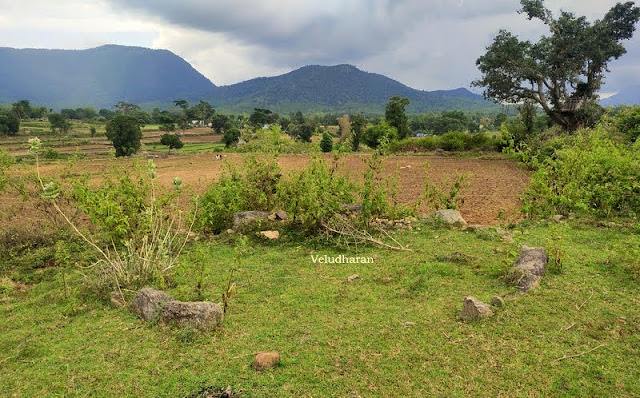The
visit to this Megalithic Cists and Cairn, Stone circles at Echchur ( Eaichur ),
in Kanchipuram District, was made on 05th
October 2022, along with Archaeological Survey Of India ( ASI ) Excavation
sites at Vadakkupattu in Kanchipuram
District.
This
is one of the ASI protected monument without fencing in a vast area on the east
side of a small hill. This burial site was
used by the stone age people between 4000 BCE to 2000 BCE. No Cist was found
inside the Cairn Stone circles. Most of the Stones circles are disturbed and
stones are taken out. More than 100 stone circles are found in this monument.
LOCATION OF THE SITE : CLICK HERE






























































